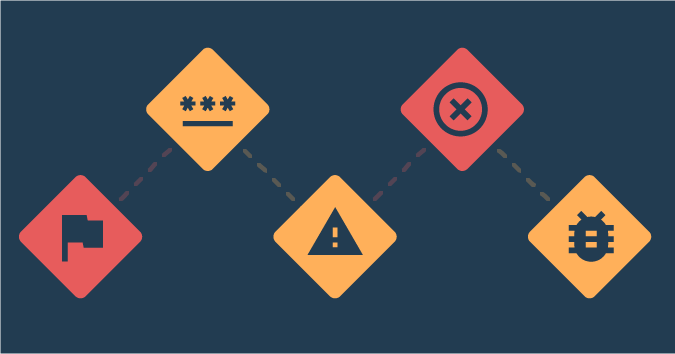This is a guest post by Nishi Grover Garg.
Testing concepts and techniques can be learned. But having a knack for testing is different. What makes someone a born tester? What are some personality traits and skills that can make a person innately good at this profession?
The following four traits belong to people who naturally make great testers. Developing these traits can help you in your testing career, and if you are a manager, these are the traits to seek when looking to hire new testers for your team!
Communication
Testers constantly need to talk to developers, managers, and business people to discuss, learn and report. They also must write defect reports, progress reports and many different documents that must be useful for all stakeholders.
Having good communication skills, verbal as well as written, is a definite plus for a tester. Although in an agile team each team member is required to be vocal and participate, testers do have a bigger role to play in establishing lines of communication, as well as ensuring collaboration and consensus.
Some people are naturally good at talking to others, giving convincing arguments and putting their thoughts into words, which helps in making their work as a tester more visible and effective. If you want to be that person, begin by being more vocal in all meetings and discussions. You should also learn to write better bug reports, be articulate and assertive in your interactions, and learn to advocate for your tests.
Empathy
Testers must think from different viewpoints in order to imagine their users’ experience of the application. Although the entire team needs to be aware of the application’s usage and key user flows, the tester most of all should focus on the usability, experience, and learnability of the system when testing. To find things that may impede the user or disrupt the flow of the system, testers need to think empathetically.
Not only this, but a tester should also focus on different types of users, like those differently-abled, older or younger users, and people with visual challenges like color blindness, testing the application’s accessibility to fit each of their contexts.
A person who is naturally empathetic, thinks for others and cares about their user’s story will make a naturally good tester. To acquire this trait, first learn about your users — their demographic, technical competence and real needs. When testing, think about the user’s experience and try to find where they would struggle with the application. Pay attention to others on your team, and be empathetic to them too!
Curiosity
To become a good tester, a person needs to have the curiosity to learn and discover new things. Testing is a never-ending activity, and it is a tester’s curiosity that will keep them going, looking for more defects, problems and risk areas of the application. A tester must be ready to go beyond the obvious knowns and be ready to challenge the status quo! A creative, risk-taking, and self-driven person will automatically fit well with this kind of role.
For example, when faced with an intermittent defect, it takes an immense amount of patience and persistence to redo the same steps over and over, vary test data, and study the product’s behavior in order to find the actual defect and its root cause. Go ahead and explore such pending defects from the history of your application, and do not give up until you get to their root! Ask for help and involve others so you can gather all relevant information to assist the developer in finding a resolution.
Meticulous Organization
In my own experience of hiring and mentoring new testers, people who were more organized and well-planned did so much better on the team than others. Testers must manage multiple tasks, write various documents, send out reports, maintain different versions of resources and test environments, and be prepared to answer or share information when asked. To keep track of all of these elements and ideas, they require a high level of planning and structure to their work.
Testers must also manage testing and their tasks on parallel releases and updates and different builds, move tasks along when done, and keep track of all their activities to report in daily standups. All these responsibilities can easily get out of hand if not managed in a planned and meticulous manner.
This comes easily to someone who is inherently an organized, clutter-free type of personality, while for others it may be a daily struggle or an acquired skill. If you want to develop this trait, you can begin by making checklists for everything. Make better folder structures and give meaningful names to your files to manage various versions and resources. You can also make use of other tools, like mind maps to keep track of your thoughts and ideas, and task boards to stay on track with your tasks. Keeping your computer desktop and your work desk free of clutter will help keep your brain organized, too!
Nishi is a corporate trainer, an agile enthusiast and a tester at heart! With 11+ years of industry experience, she currently works with Sahi Pro as an Evangelist and Trainings Head. She is passionate about training, organizing testing community events and meetups, and has been a speaker at numerous testing events and conferences. Check out her blog where she writes about the latest topics in Agile and Testing domains.





